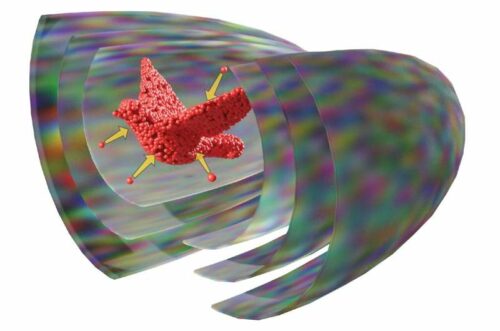Researchers have developed a way to form a 3D object from smaller building blocks in just a single step using ultrasound.

Nanotechnology is considered to be our key to manipulating matter at its atomic level for various technological purposes. Till now nanotechnology has enabled us with various medical, industrial, architectural, chemical and various fields of scientific innovations. Yet there seems no end to its application and neither to our imagination.
Scientists at the Max Planck Institute for Medical Research and the Institute for Molecular Systems Engineering and Advanced Materials at Heidelberg University have created a new technology to assemble matter in 3D. Their concept uses multiple acoustic holograms to generate pressure fields with which solid particles, gel beads and even biological cells can be printed.
Conventional 3D printing can be a slow process, where objects are constructed one line or one layer at a time. Researchers in Heidelberg and Tübingen now demonstrate how to form a 3D object from smaller building blocks in just a single step. Sound waves exert forces on matter—a fact that is known to any concert goer who experiences the pressure waves from a loudspeaker. Using high-frequency ultrasound, which is inaudible to the human ear, the wavelengths can be pushed below a millimeter into the microscopic realm, which is used by the researcher to manipulate very small building blocks, like biological cells.
In their new study, researchers have captured particles and cells freely floating in water and assembled them into three-dimensional shapes. On top of that, the new method works with a variety of materials including glass or hydrogel beads and biological cells. The advantage of ultrasound is that it is gentle enough for using biological cells and that it can travel deep into tissue. This way it can be used to remotely manipulate and push cells without harm.
Researchers believe their technology is a promising platform for the formation of cell cultures and tissues in 3D.
Reference : Kai Melde et al, Compact holographic sound fields enable rapid one-step assembly of matter in 3D, Science Advances (2023). DOI: 10.1126/sciadv.adf6182






